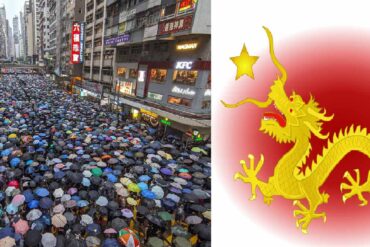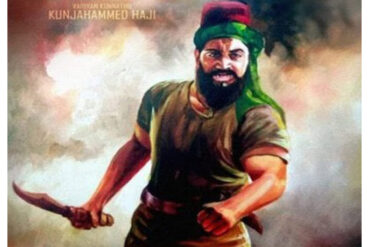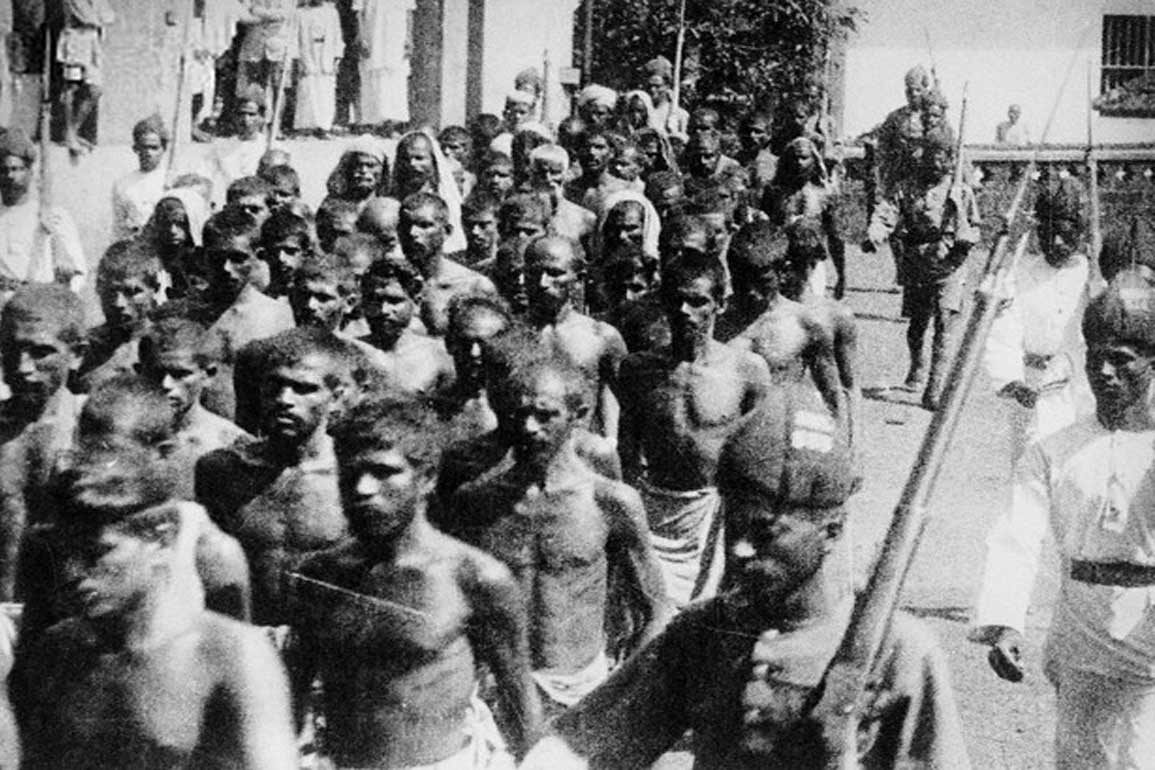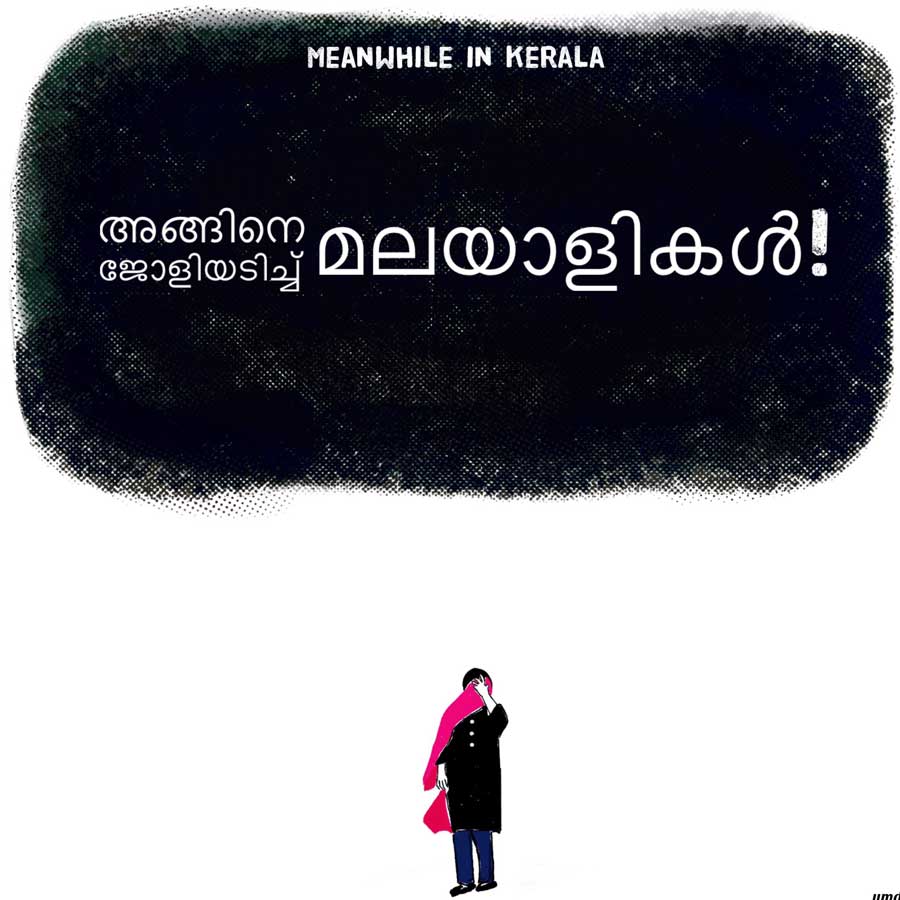The Malabar rebellion of 1921 which was interpreted by historians through diverse perspectives has once again stirred the public imagination following the announcement of four films depicting Variamkunnath Kunjahmed Haji, a historical figure involved in the uprising, as the central character. Haji, who was shot dead by the British police, will be portrayed by three of the films as a freedom fighter—and a fourth one will have Haji as the antagonist. While noted historian Dr. Rajan Gurukkal dismisses the controversy as unwarranted, fomented by agenda-driven right-wing elements, a number of academics explained the diverse facets of the historic event.
Kerala Higher Education Minister KT Jaleel, who authored a book Malabar Kalapam Oru Punar Vayana on the basis of his doctorate thesis at Kerala University in 2005, says those who raise communal issues regarding the rebellion are misleading society. He said that not only the Muslims but a number of Hindus also participated in the rebellion. “If it is a communal riot, then why were those who participated in the struggle be considered as freedom fighters,” he asked.
Hindus were jailed for Mappilla rebellion
Jaleel said that none of the books on the uprising written at that time portrays it as a communal revolt. MP Narayana Menon (aka Mappilla Menon) and Bramadathan Nampoothiripadu who were Congress activists and Hindu community members were jailed for this. The struggle was led by the Congress leaders of the time along with Variamkunnath Kunjahmed Haji, Ali Musliyar, and a number of others against the British government and the feudal landlords who amassed the majority of the Malabar lands. Jaleel added that Vaidyaratnam P S Varrier of the Kottakal Arya Vaidya Sala donated 500 rupees to the rioters. This was mentioned in the article by P V Rama Varier titled Ente Gurunadan at the Vaidyaratnam Janma Sathabdi souvenir published by the Arya Vaidya Sala in 1969. He further added that landholding Muslim families were attacked by the rioters along with Hindu landlords.
K Gopalan Kutty, a former Professor, and Head of the Department of History at Calicut University, who studied the national movement in Malabar points out that the Malabar Uprising goes back to the 1820s when the East India Company brought about new laws and legislations. He said that the British were not familiar with the customs of the period and their insensitive implementation of the law disturbed the agrarian conditions and relations. “The taxes kept on piling when the British administration began imposing additional taxes over the common man and they kept on increasing the land taxes. Additionally, they imposed timber tax and salt tax which burdened the poor labourers and the common man while the landlords escaped the brunt of these taxations,” he said.
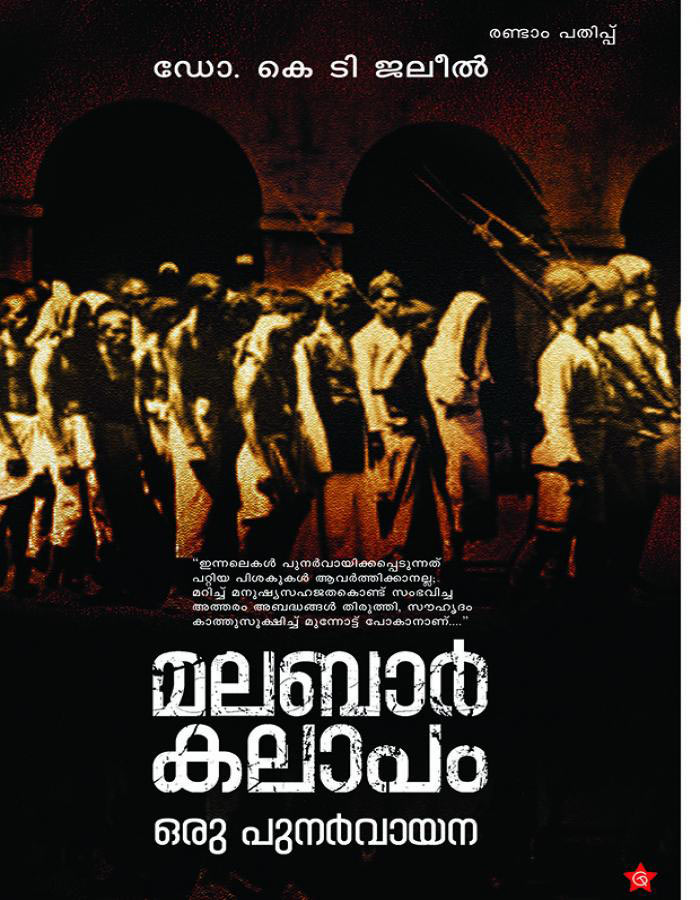
The frustrations got aggravated through the early twentieth century, when the Indian National Congress started the agitations with the Manjeri Conference and the Ottapalam Conference of the Congress in 1920 and 1921, the Khilafat agitations, the non-cooperation movement—all leading to the simmering discontent which saw a sudden eruption in the form of the Malabar uprising of 1921. “The ideological back up for the Muslims was given by Muslim clergies such as Sheikh Mohammed Hamadani Thangal and Makthi Thangal. Dr Gopalan Kutty said that there were instances of forced conversions in certain pockets and small scale destruction of temples. Except William Logan, the former Malabar Collector, who recommended to the British that the agrarian issue should be settled, no one had anticipated the uprising. However, Logan went unheard.
The impact of the uprising was extensive as it extended from Eranadu to Valluvanadu, Ponnani, and Kozhikode Taluks, and it was not a localised uprising, points out Dr Gopalan Kutty. Participation of a lot of Muslims was a hallmark; however, it was also marked by the participation of a number of Hindus. He said that M P Narayana Menon, a Congress activist, who was arrested by the British was jailed for 13 years under the Mappila Act.
No history of communal riots in Malappuram
Jaleel said that the struggle was against the British and the landlords belonging to the Hindu and Muslim communities who were supporting the British. A police inspector named Chekutty was killed by the rioters. He said that Chekutty, a Muslim, was killed for supporting the British. If the riots were targeted against the Hindus exclusively, why would a Muslim be murdered? If it was a communal riot, the unhealed traces of it will remain afresh. He asks if Malappuram had any history of other communal riots. The story that many Hindus of Malappuram district were killed and dumped in a well at Thuvoor in the district is false. No descendants of those Hindus were found by him during his research, he said.
How the rebellion was crushed by the British
The uprising which began in 1921 August went on for the next six months. P Sivadasan, currently a Professor at the History department of Calicut University who studied the subject and wrote a book on Wagon Tragedy, said that the British constituted the Malabar Special Police (MSP) with the intention to crush the uprising. It was constituted by recruiting upper-caste Hindus. (Only the EMS government of 1957 recruited Muslims when it came into power). For reining in the rioters, the Bangalore regiment (Dorset Regiment) was brought by the British from Bangalore. The rioters attacked the landlords of the Hindu, as well as the Muslim community. Those landlords who appeased the British were given the title of Rao Bahadur for Hindus and Khan Bahadur for Muslims.
Dr Sivadas said that abject poverty was one of the many factors that fueled the rebellion. So as to confront the injustice heaped on them, they depended on the anti- British inclinations provoked by the Khilafat movement. Dr Sivadas said that the British burned the documents after murdering Kunjahmed Haji. The British also created a documentary named Malabar Rebellion that was displayed all over the world so as to communalize it and to proclaim to the world that they had put an end to the Muslim menace. Anti-social elements utilised the occasion of the rebellion to loot and Hindu regions were plundered by wearing Muslim attire and Muslim regions and vice versa. This was studied in detail in the book Kozhikode Jilllayude Grama Charithram (The village history of Kozhikode) authored by Gangadharan Pulikudy.
Noted historian, Dr KN Ganesh, said that the uprising was part of a series of struggles against the British undertaken by the Eranadu Mappilas. He said that the revolt was provoked by more than one factor. He termed it the most organized rebellion that emerged as part of the national movement. The British suppression of Southern Malabar banning processions, Malappuram knife, and surveillance of the public created an antipathy against the British. He said that the Juma Masjid orations of the period by the Muslim clergy used to mention the need for a movement against the British pointing towards a deep-seated protest. At certain places, the rioters were against the Hindus and their tharavads. However, they protected the Parapanangady Kovilakam and the Elamkulath mana of EMS Namboothiripad.
Cover Image – Mappila (Moplah rebels) captured after a battle with British colonial troops, during 1921-22 Mappila Uprising. Source – Wikimedia Commons



